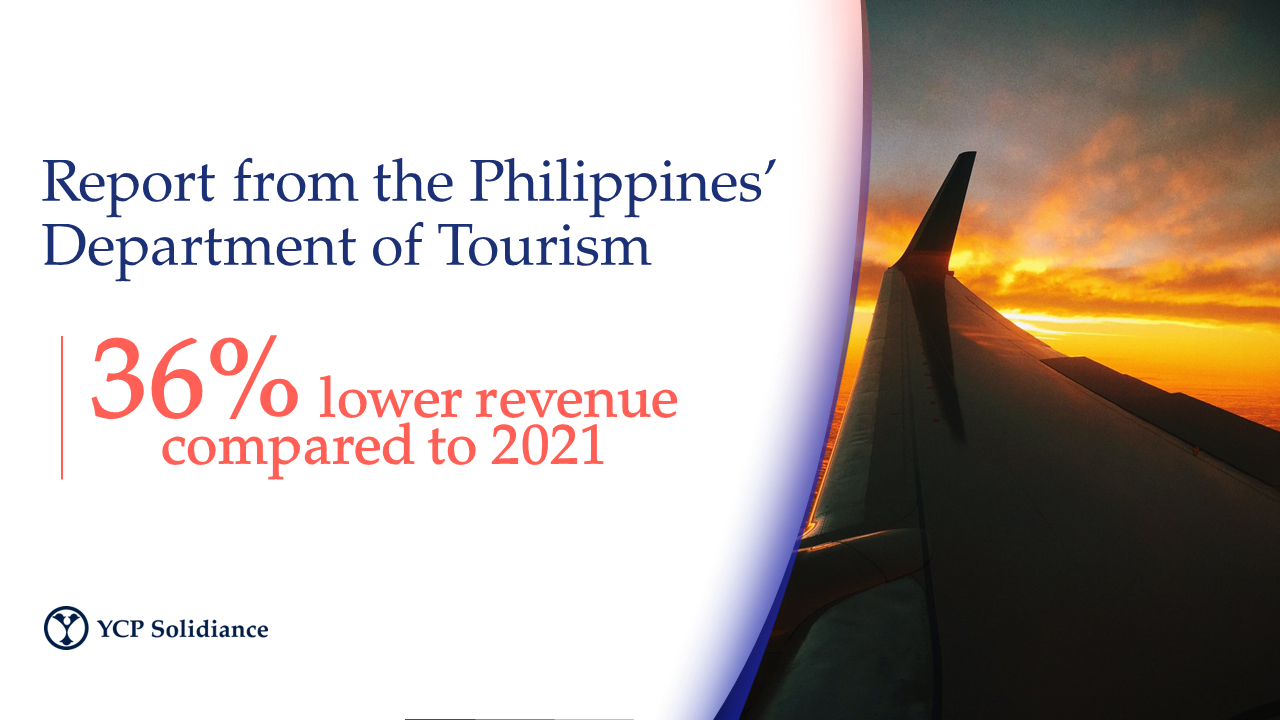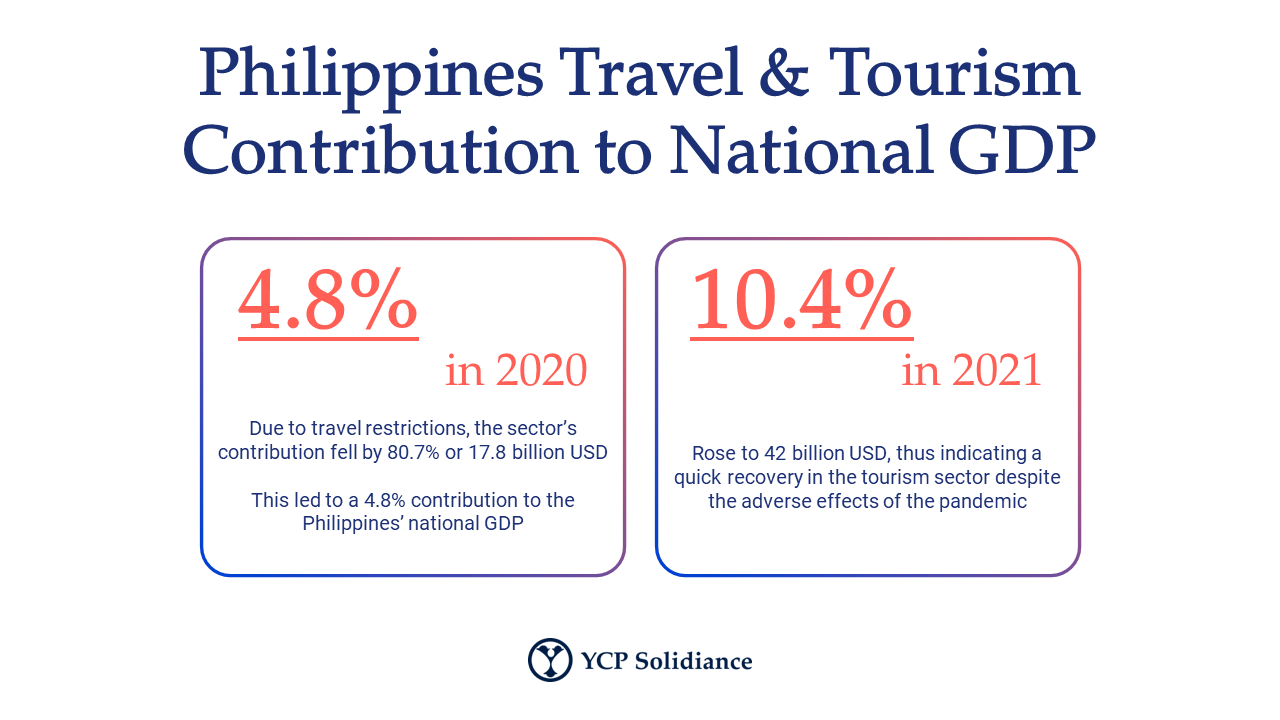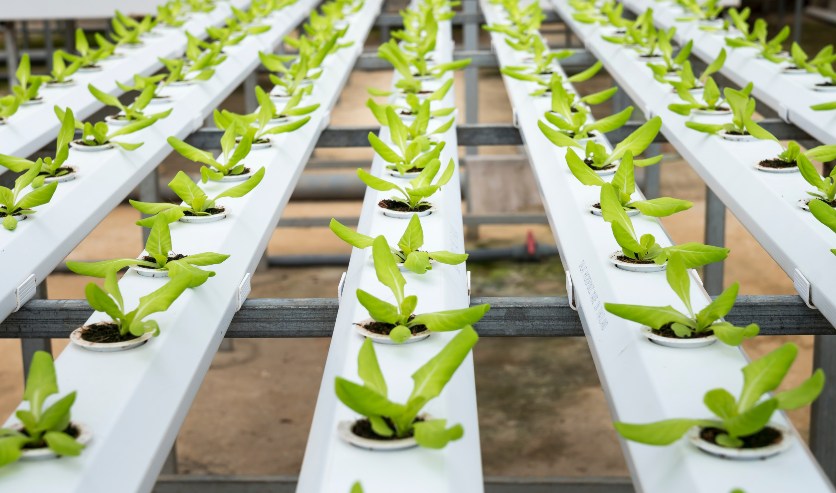As the Philippines go through multiple changes adapting to the digital era, the pandemic, and administration changes within the government, there have been challenges in how tourism would move forward in 2022 and the succeeding years. Specifically, there is an urgent need to adopt policies in the tourism industry that drive economic recovery as it will help minimize the adverse effects of the pandemic.
Current State of the Travel and Tourism Sector
Domestic tourism among locals in the Philippines has been an area of focus for stakeholders, as it is already showing signs of a strong resurgence. Although foreign tourism for international parties is not predicted to make a significant return until 2023-2024, the Philippine government has begun to lessen the requirement necessary for incoming visitors.
For instance, the government now allows incoming, vaccinated foreign visitors to utilize quarantine waivers instead of a previously mandatory quarantine period. This trend will likely become more prominent in the next two years as international travel to the Philippines will become more frequent.
Such a development is positive for the Philippine tourism industry as it will entice foreign travelers. Likewise, other industries will also benefit as the entry of foreigners will introduce a new market to cater to. Specifically, sectors like retail, food and beverage (F&B), and hospitality will benefit the most from the influx of visitors. To further bolster this predicted growth, the tourism sector should seek to collaborate with closely related industries by creating package deals that cater to the end-to-end needs of visitors, like hotel accommodation, transportation services, tours, etc.
What To Expect in 2023
According to the World Travel & Tourism Council's most recent iteration of the Economic Impact Report, the Philippines' tourism sector increased by 129.5% in 2021, reaching 41 billion USD. Following an 80% drop in 2020 wherein the tourism sector only contributed 17.8 billion USD, the tourism industry’s GDP contribution in 2021 helped place the Philippines as the world's fourth quickest-expanding GDP.
This improvement also led to a major increase in employment for the sector as it provided a recovery of 1.3 million jobs. The revival of the travel and tourism sector of the Philippines will likely provide more income and benefit for Filipinos in the long term. With this, the World Travel and Tourism Council predicts an annual average growth rate of 3% over the following ten years. This would also create at least 3 million jobs, accounting for 21.5% of all jobs across the country. As the Philippines fought severe losses in this sector, these statistics give interested parties and potential investors a glimpse of the recovery in store.
Moving forward, stakeholders in the tourism sector and closely related industries should leverage public-private cooperation to further bolster economic growth. Given that the tourism sector’s potential is evident to many players in the Philippines, both the public and private sectors will be open to collaboration within the tourism industry.
The involved parties should also continue to explore the best way to utilize the increased manpower that is available in the tourism sector. Considering that the tourism sector’s services will digitally transform given the fourth industrial revolution, businesses should invest in upskilling their workers so that they can fully utilize digital solutions in their day-to-day duties.
To get insight on other how other nations in Asia intend to catalyze economic recovery, subscribe to our newsletter here and check out these reports:







